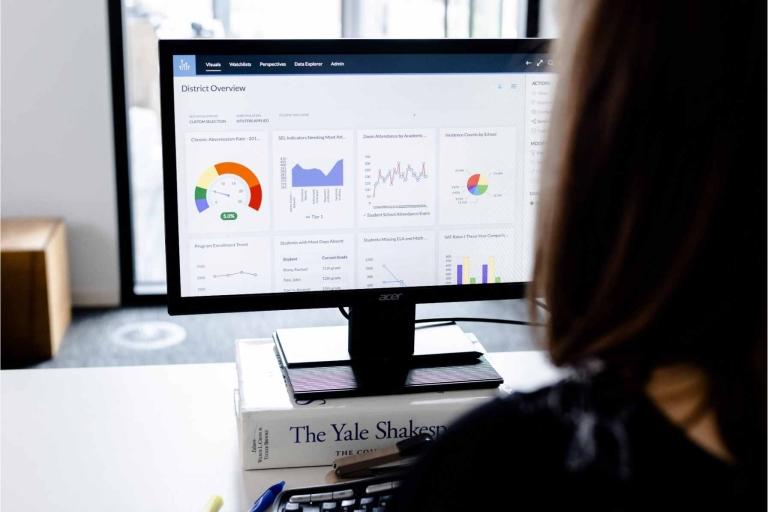For the last three decades the student/teacher ratio has increased by 30% - in the US there are 26.8 pupils per teacher for public secondary schools. The providers of traditional training are limited in reaching a larger number of students by their resources – mainly teachers and facilities. Blended/hybrid learning is addressing these issues by mixing learning methods that incorporate multiple teaching modals - traditional face-to-face classrooms, videoconference teaching and self-paced learning. Currently, blended learning is one of the fastest growing models in the teaching organizations – vocational training providers, K-12, universities, corporate training, etc.
Compared to massive online self-paced courses, which lack live interaction, immediate feedback and personal support, blended training improves the quality of learning. Studies report that on average only 25% of learners complete their self-paced courses in comparison to 75% when there is live interaction.
In the context of blended learning, combining a comprehensive Learning Management System (LMS) like Canvas with a virtual classroom for synchronous (live) online instruction could be a flexible substitute to traditional classroom training.
A Virtual classroom brings a number of benefits to teaching organizations:
-Reaching more students online with same or less resources – allowing more effective use of teacher time, reducing scheduling conflicts and increasing student-teacher ratio with better teaching quality;
-Saving of overheads, facilities, logistics and operational costs and automating routine tasks;
-Better and easier way to deliver interactive and engaging content;
A 2010 U.S. Department of Education meta-analysis found that blended learning, where students have options for live interaction combined with online learning experiences, is the most effective learning model. However, its successful implementation requires relevant pedagogical approaches and instructional models. Here are some tips from our experience:
-The most effective online courses provide one-hour live instructor-led session in a virtual classroom for every four hours of self-paced learning
-Apply the “flipped classroom” model – share with the learners materials and activities for self-preparation using your LMS and set deadlines. Then conduct a live online session in the virtual classroom and allow your students to reflect, discuss and collaborate with their peers, engage them in teamwork.
-Use the live virtual classes to collect feedback and learn more about your students’ needs, interests and preferences. This will help you tailor the online self-paced course materials to the specific group of learners and focus on the aspects most useful to them.
-Use the time of the virtual classroom session for practice work with the newly acquired knowledge. This will help you identify the mistakes in acquisition better and allow you to address them.
-Use the virtual classroom for consultations and Q&A sessions. They will give your learners opportunities to receive immediate feedback and clarifications. This is a powerful motivator and will increase the completion rates of your online courses.
Virtual classrooms provide an abundance of opportunities, especially when combined with LMS platforms. They favor social interaction, learner’s motivation, and relationship building within the group, which increases the retention rate.
Interested in learning more? Book your free live demo with VEDAMO Virtual Classroom.
Keep learning,
Dr. Veronica Racheva
Education Program Director, VEDAMO
Related Content
 inst-3step.jpg
inst-3step.jpgBlogs
 13lmsfeaturesthatbenefitstudentlearning.jpg
13lmsfeaturesthatbenefitstudentlearning.jpgBlogs
 community-homepage.jpg
community-homepage.jpgBlogs